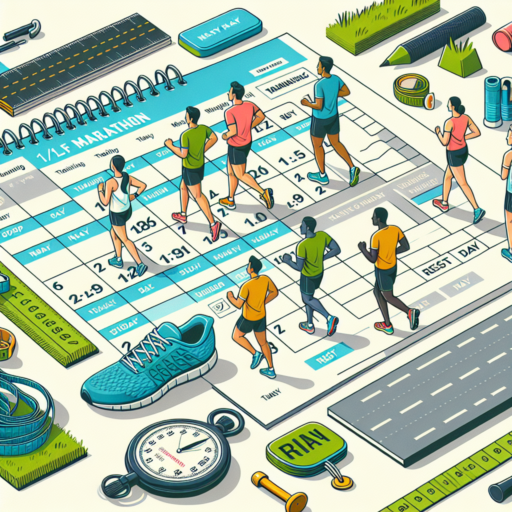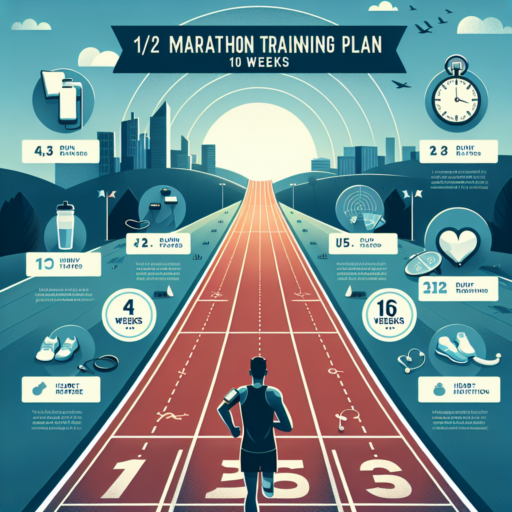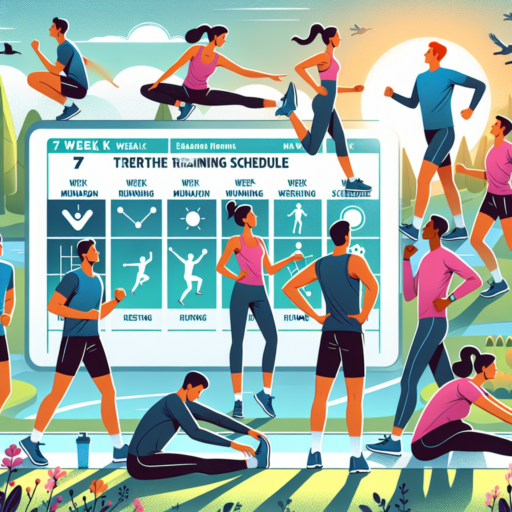How to train to qualify for Boston?
Qualifying for the Boston Marathon is a prestigious goal many runners aim for. While it requires dedication, the right training strategy can make this dream a reality. Starting with a solid base of mileage is crucial before diving into more intense workouts. Consistency is key, as you’ll need to gradually increase your weekly mileage safely to improve endurance without risking injury.
Integrate Speed Work and Long Runs
Incorporating speed work into your training plan is essential for improving your marathon pace. Interval training, such as 400m repeats, 800m repeats, or Yasso 800s, can significantly enhance your running economy and speed. Equally important are long runs, which should be done at a slow, conversational pace. These runs help your body to adapt to the physiological demands of running for extended periods, which is critical for the marathon distance. Peaking with a long run of at least 20 miles is advised for those looking to qualify for Boston.
Focus on Recovery and Nutrition
Recovery and nutrition play vital roles in any training plan aiming for Boston. Sleep, hydration, and nutrition are the pillars of a good recovery strategy. Prioritizing sleep cannot be overstated, as it’s when the majority of muscle repair and growth occurs. Hydrating well and eating a balanced diet rich in carbohydrates, proteins, and healthy fats will fuel your runs and aid in recovery. Incorporating strength training to improve muscle imbalance and flexibility exercises, like yoga or dynamic stretching, will also contribute to injury prevention and overall performance improvement.
No se han encontrado productos.
When should I start training for Boston?
Deciding when to start training for the Boston Marathon is crucial for a successful race. Typically, a 16 to 20-week training plan is recommended for runners looking to participate in this prestigious event. Starting your training within this timeframe allows your body to gradually adapt to the increasing demands of marathon preparation, preventing injuries and enhancing performance.
Beyond the general recommendation, the exact start time can vary based on your current running base and experience. Runners with a solid foundation and those who have previously completed marathons may opt for a shorter, more intense training period. Conversely, novice marathoners or those with limited base mileage should consider starting at the longer end of the range to build endurance safely.
Important Considerations
- Current Fitness Level: Assess your current mileage and fitness. If you’re already comfortable running long distances, you might lean towards a shorter training plan.
- Race Goals: Your ambitions for the race – whether it’s to finish, set a personal record, or qualify for future events – can influence the length and intensity of your training.
- Life Commitments: Take into account your personal and work commitments. A more flexible and longer training plan might suit runners with busy schedules.
How do I run fast enough for Boston?
Qualifying for the Boston Marathon is a coveted goal amongst runners worldwide. It’s a mark of prestige, endurance, and speed. To run fast enough for Boston, you must focus on three core elements: consistent training, proper nutrition, and optimal recovery. Enhancing your performance to meet the Boston Marathon qualifying times requires not only dedication but also a strategic approach tailored to your current level and the unique distance of the Boston Marathon.
Consistent Training Plan
Firstly, adopt a consistent training plan that gradually increases your mileage and intensity. This plan should include a mix of long runs, speed workouts, and hill repeats. Long runs build endurance, speed workouts improve pace, and hill repeats increase strength. Each element plays a crucial role in developing the speed necessary to qualify for the Boston Marathon. It’s essential to start training early, allowing your body to adapt to the rigors of increased mileage and intensity safely.
Proper Nutrition and Hydration
Next, focus on proper nutrition and hydration. A balanced diet fuels your runs and aids in recovery. Carbohydrates are crucial for running energy, proteins help repair muscle tissues, and fats provide long-term energy. Hydration is also paramount, as dehydration can significantly impede performance. Tailoring your diet to your training can make a substantial difference in your speed and endurance.
Optimal Recovery
Lastly, optimal recovery is vital. Running fast enough for Boston requires pushing your limits, but adequate recovery is what allows your body to adapt and improve. This means prioritizing sleep, scheduling rest days, and considering recovery techniques like foam rolling or massage. Remember, improvement happens during the recovery phase, not just during the workout itself.
How do you train for Boston on a treadmill?
Training for the Boston Marathon on a treadmill involves a blend of endurance building, speed work, and incline adjustments to mimic the race’s unique course challenges. Treadmills can be incredibly effective for marathon training, especially when weather, safety, or time constraints make outdoor runs difficult.
Simulating the Boston Course
One of the key aspects of preparing for Boston is simulating the course’s notorious hills. The treadmill’s incline feature becomes your best ally here. Start by incorporating hill repeats into your workout. For example, after a warm-up, increase the incline to 3-4% for two minutes to simulate Heartbreak Hill, followed by a flat or slightly declined recovery. Gradually increase both the incline and the duration of the hill repeats as your training progresses.
Incorporating Speed Work
Speed work is vital for improving your marathon time. On a treadmill, this can be efficiently managed through interval training. Begin with intervals of 400 meters (or the equivalent time based on your goal pace) at a hard effort, followed by 400 meters of easy recovery jogging. As your fitness improves, increase the length of your speed intervals or decrease the recovery time. Utilizing the treadmill’s pace settings helps maintain consistency in your speed work, a key factor in progression.
Training for the Boston Marathon on a treadmill not only offers the convenience and safety of indoor workouts but also provides a controlled environment to precisely target and improve specific aspects of your running. By focusing on incline training to simulate the course’s hills and incorporating structured speed work, you can tailor your training to meet the demands of the Boston Marathon, all from the comfort of a treadmill.




